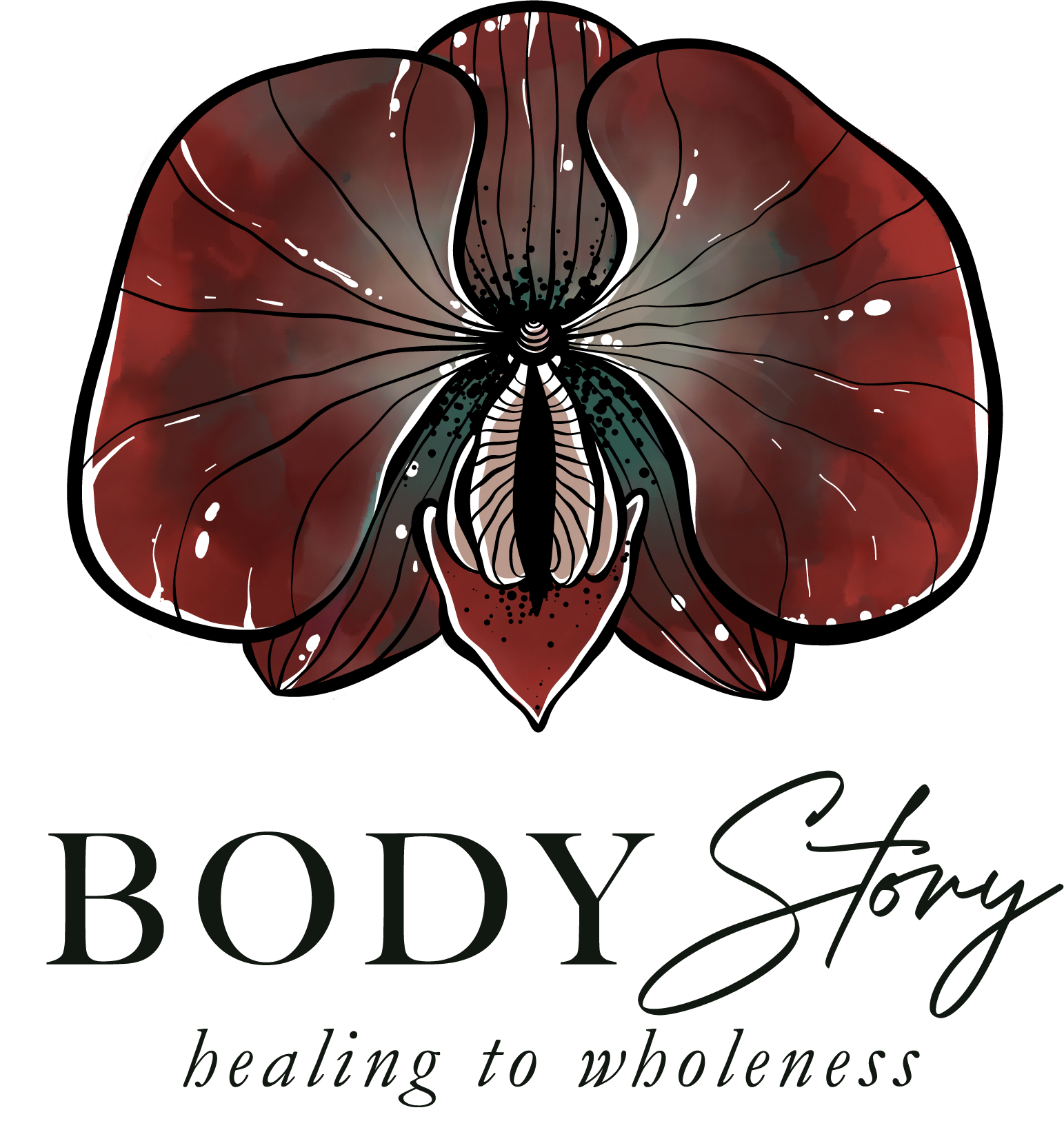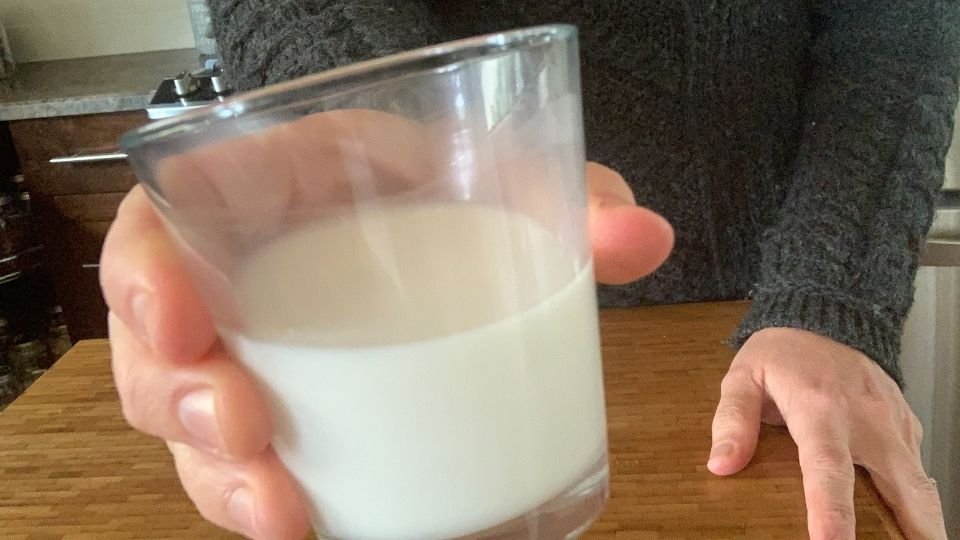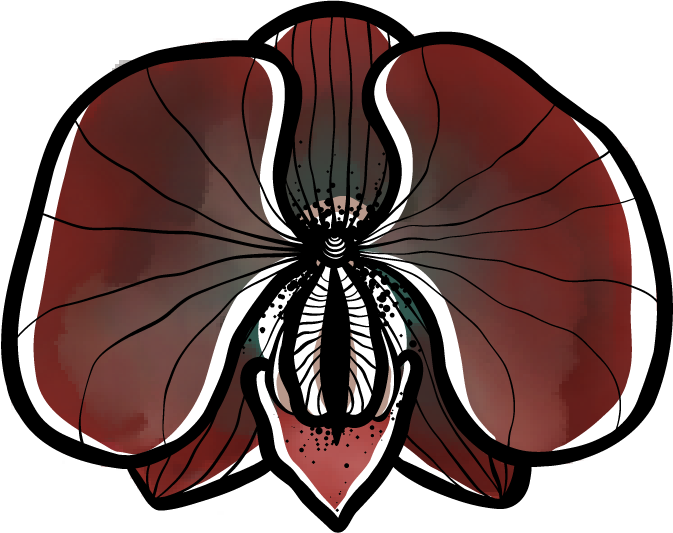I confess that I have had a confused relationship with cow milk.
It began when I was diagnosed as lactose intolerant at a very young age. I was the girl who showed up to a friend’s sleepover with a carton of goat’s milk for my breakfast. It is a history like this that allows me to feel completely comfortable being an outcast in proper circles.
I managed to outgrow the allergy and turned right back to the cow’s udder. During my adolescence, I had a cold, tall glass with breakfast, after school and again with dinner. Sometimes more. Our family often went through two gallons a week.
Then came the vegetarian years in my teens and early 20s. I was never vegan, but I mostly eliminated cow milk for about a decade. I was often pressed for clear reasons — as young women who make decisions often are — but I had none but a feeling-sense that something was off. I drank soy mylk, almond mylk, and no milk at all. These were the days when I learned to take my coffee black.
The Clarity of Confusion
I adore confusion. I bow to it. I greet it by name when it arrives. When we are in a confused state, as I was for many years about milk, it speaks to something that needs tending. If we allow ourselves to sit in that fog and let the right questions arise, it eventually clears and the answer is there.
When the fog cleared for me, Ayurveda’s centuries-long love affair with cow milk appeared. It allowed me to get to clarity about how I feel about cow milk. It is summarized in this bold statement: Milk is not a problem food. The problem is the way we produce it and consume it.
Milk as Medicine
Human’s centuries-long consumption of cow milk is well documented, but the ethical concerns are fairly recent, and for good reason.
A cow’s natural abundance is a gift — a single cow produces double or more the milk a calf needs. Seeing this, humans did anything they could to make the cows increase that incredible bounty. And then, being human, humans were still not satisfied. They added all sorts of ways to keep the cows producing even when they needed rest, got sick, or chose to lounge in a pasture rather than stand in a cage.
Ayurveda helped me choose a different kind of milk. The kind I have to seek out. The kind that comes from cows who roam rich fields with grass kissed by the sun.
Because I know how to ask, I’ve been able to find naturally raised, fresh milk every place I have lived. My favorite was in the Mexican countryside where a man on horseback made morning deliveries. This is slow milk. Full fat. Rich with life. To drink this milk is to understand why Ayurveda prescribes it as medicine.
Honestly: Is Milk for Me?
Milk is sweet, heavy, and dense. It nourishes and soothes. It is impossible to separate mammal milk from nourishment, from mother.
Nourishing foods teach the art of slowing down. They coat what is dry and brittle and shush our cries. But too much coddling leaves us weak and dependent.
The key with milk, and all heavy, nourishing foods, is to enjoy it just enough. Just enough means something different for everyone. It requires some exploration of your particular level of sweetness, density, and heaviness. In other words, how much earth and water elements are in your body (kapha dosha)? Earth and water make thick, heavy frames; slower, more thoughtful mental processing; and a deeper well of watery emotions (sadness, love, compassion), among other things. Generally speaking, the more you have of these elements, the less dairy products you should consume.
But even for those who can handle more milk, Ayurveda has some guidelines to make the nourishment serve its highest purpose:
- Drink it warm (I was taught to boil raw milk for about a minute, and to warm pasteurized milk for a few seconds just under the boiling point to retain the nutrients).
- Add spices (my favorite is cinnamon, star anise, and ground rose petals).
- Drink a smaller amount per serving (less than 1 cup).
- Support farmers who don’t use antibiotics and hormones (yes, it’s more expensive, but only because the other stuff is unnaturally cheap).
And if that still isn’t enough, or your ethics include not eating any animal products, I invite you to play in the incredible world of mylk.
Milking Almonds (and Oats)
The alt mylk trend is hot, but the drinks you find in stores are nothing compared to the dream of freshly mylked nuts or oats.
I’ve mylked about everything, and my favorites are as follows:
- Almond (peeled as the skins can interfere with the absorption of nutrients)
- Coconut (fresh coconuts only, best if you’re seaside)
- Oats (I’m the woman the health food store orders whole oat groats for)
- Sesame (like liquid tahini)
Rice mylk tends to be too lightweight for me, unless I make horchata. Cashew mylk is delicious but I’ll enjoy it when I’m a millionaire.
The process is exactly the same for all of these. Soak overnight. Drain. Blend with water. Strain. The trick is having the right tools.
- A nut milk bag is essential to avoiding the chalkiness of the finely ground nuts (plus it captures the discard that we’ll be using for next month’s recipe).
- A good blender. You’ll get by with a decent margarita blender, but you’ll get more from investing in one with more power.
The video below outlines the process of soaking, peeling the almonds (it’s not actually that hard), blending, and straining almond mylk. It’s a process that takes about 12 hours, but only about 10 minutes of actual work.
Your Milk Story
All of your stories are worth examining, even your relationship to milk. If you have had a confused relationship with this food, I invite you to take on some of these journal prompts:
- What is your relationship with cow milk? What ethical or environmental baggage do you have running in the back of your mind?
- What is your relationship with raw cow milk (fresh milk)? What kind of stories have you been told about its safety/unsafety?
- How does it feel to think about slowing down your milk or mylk? What emotions come up when you think about spending more money on milk or making your own mylk?





